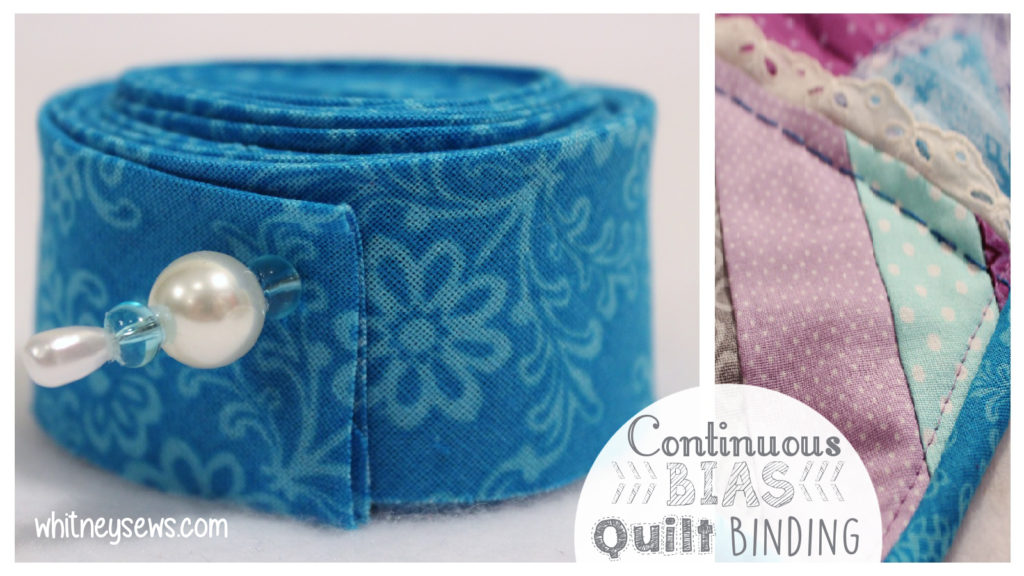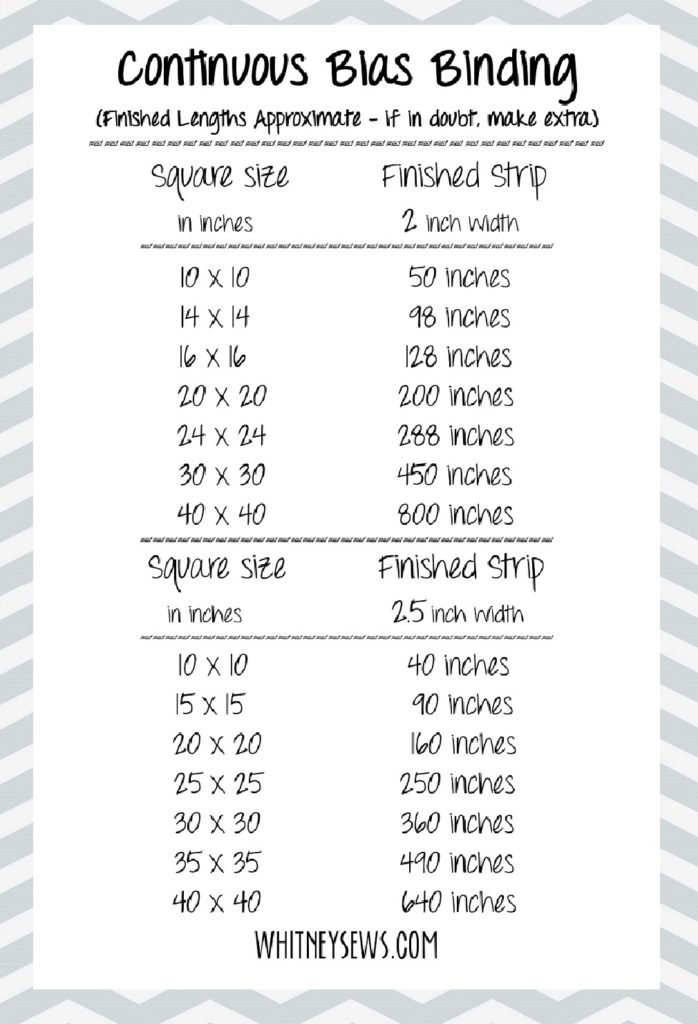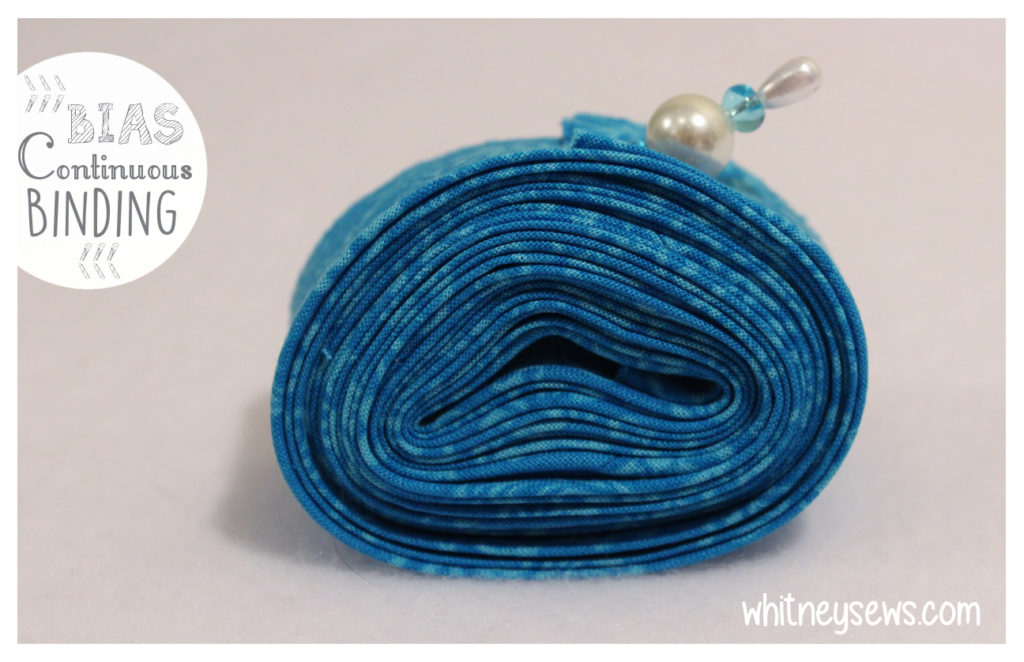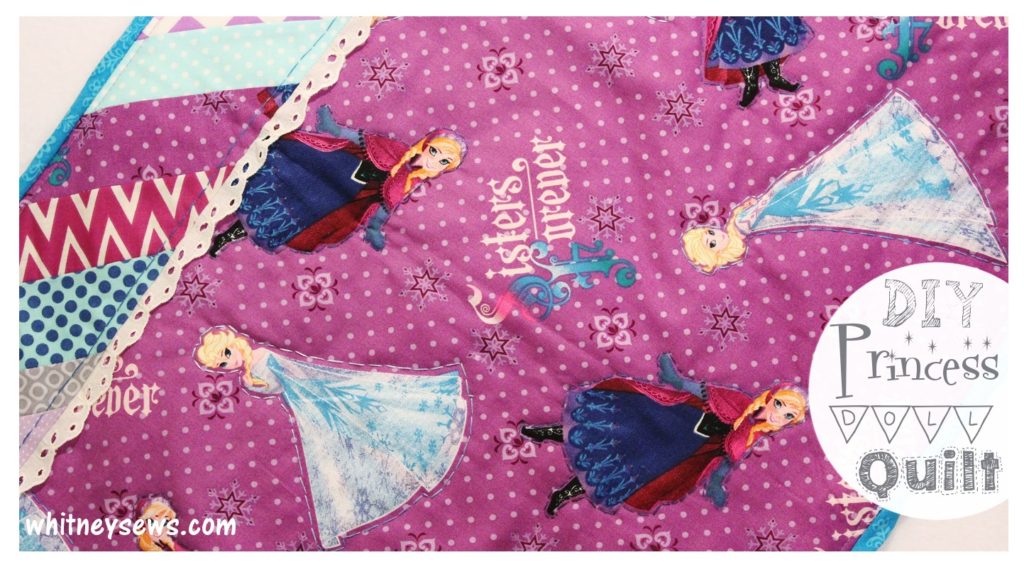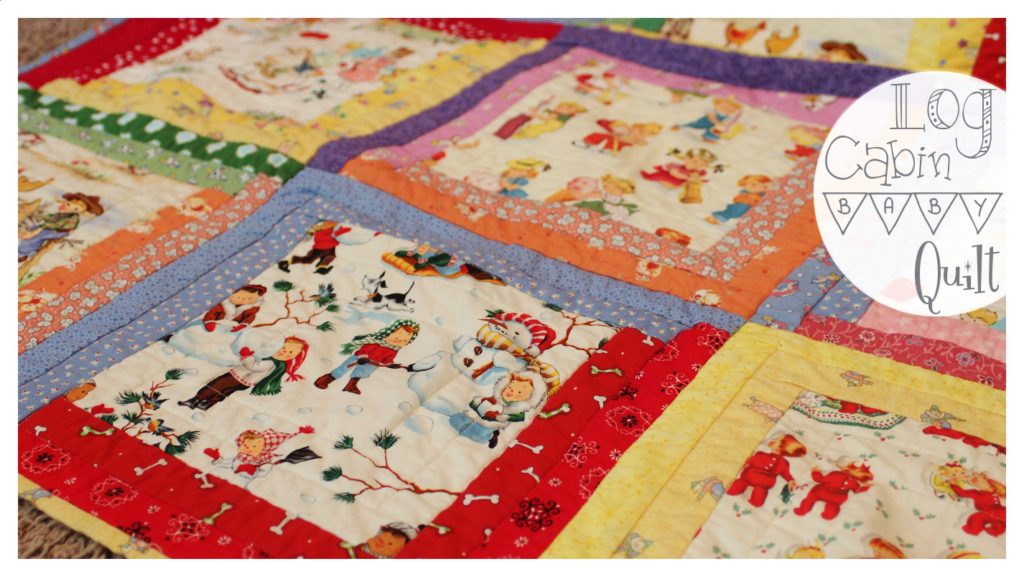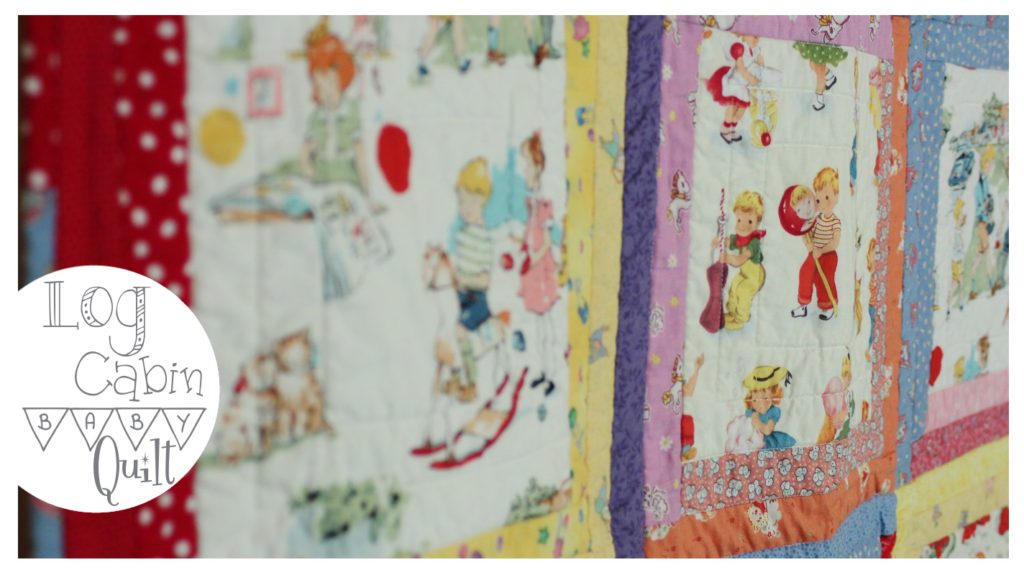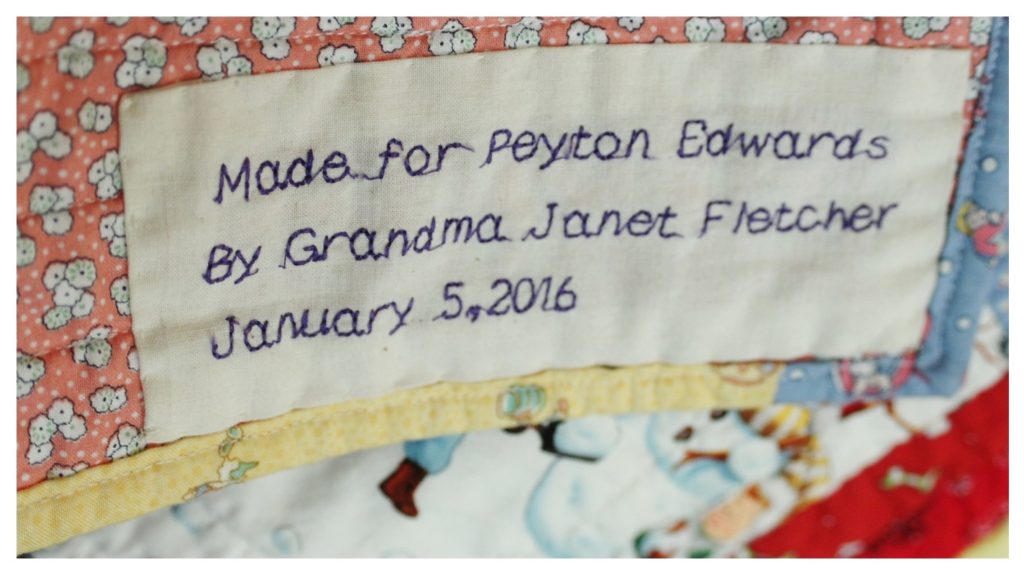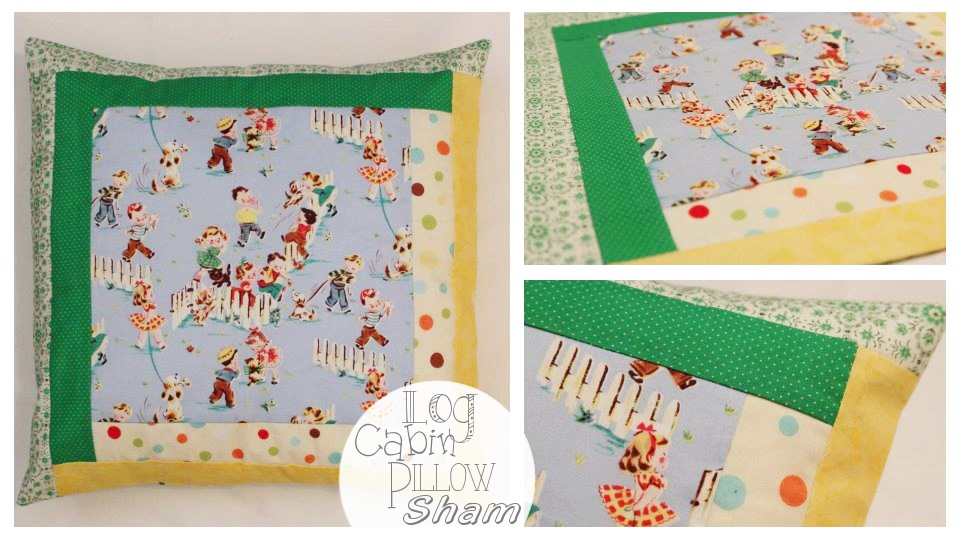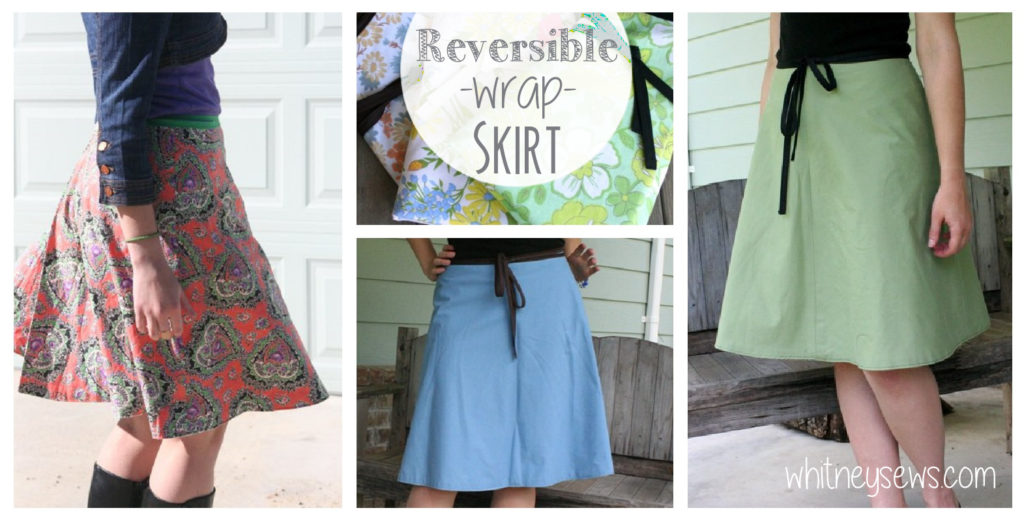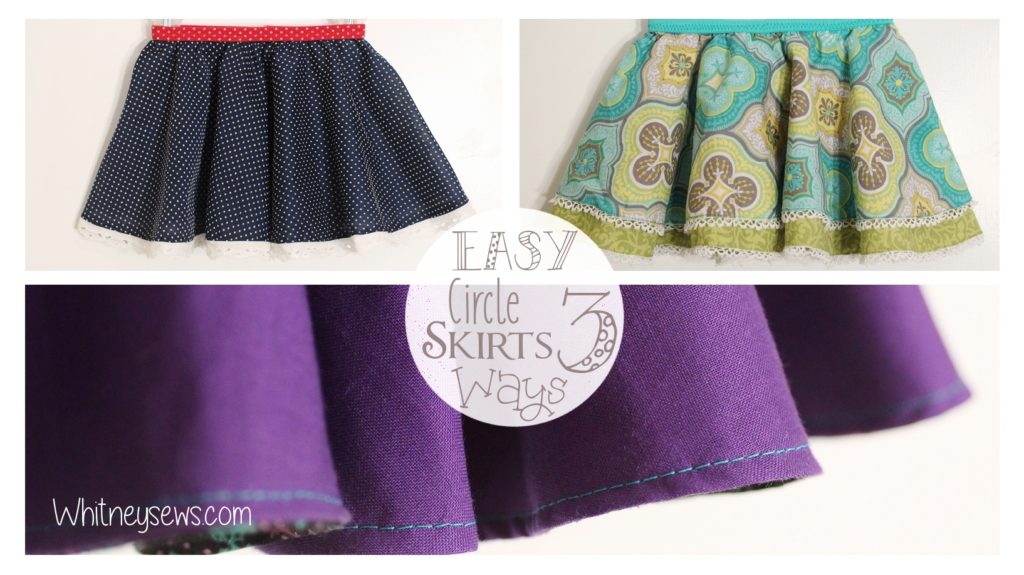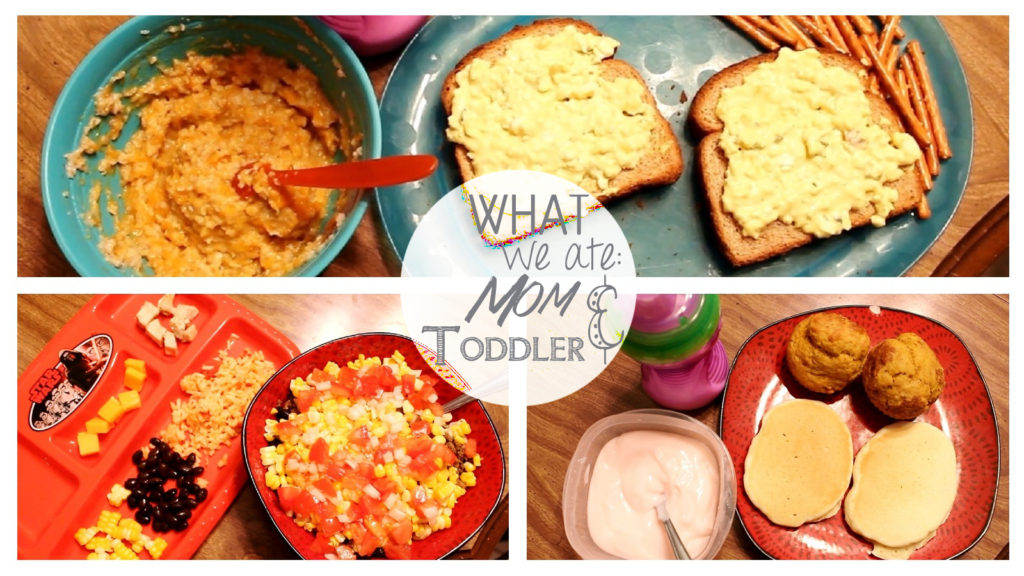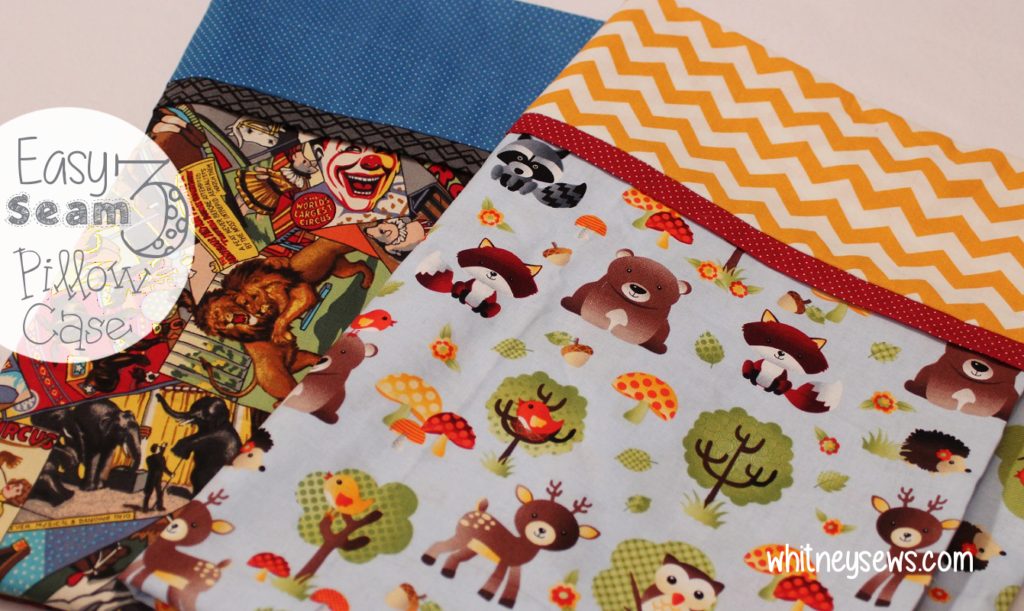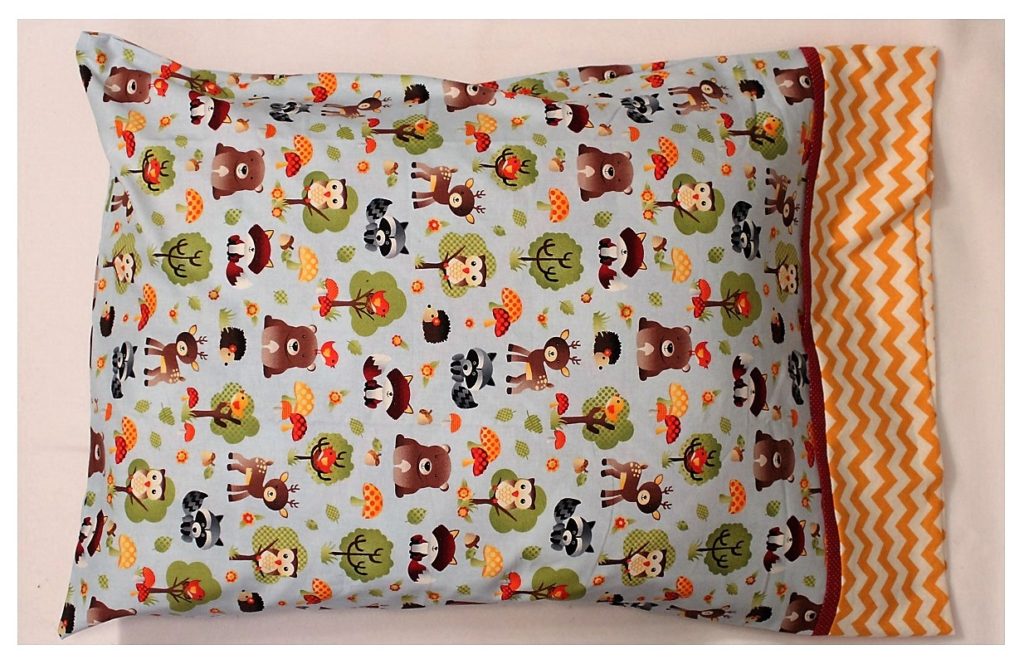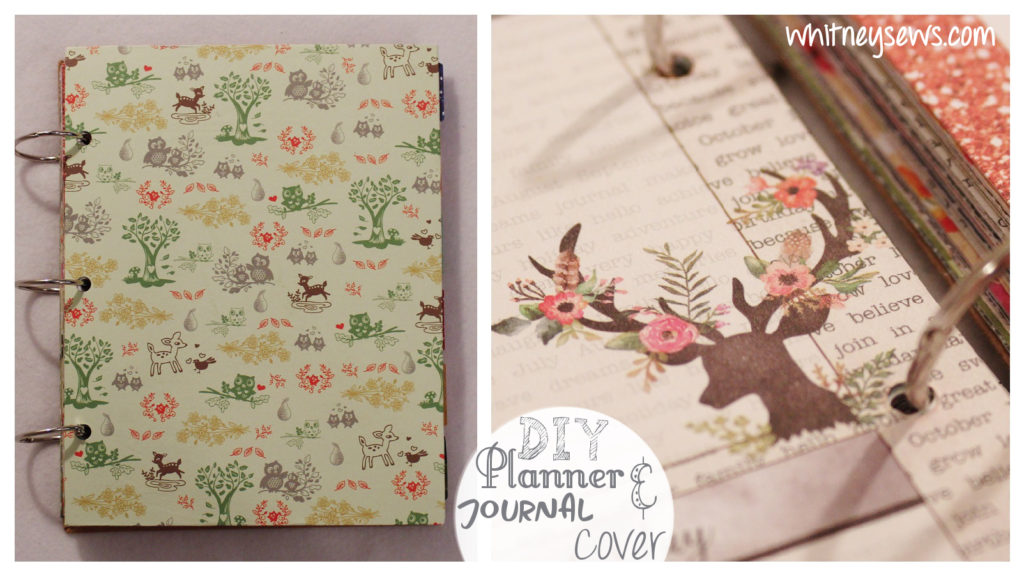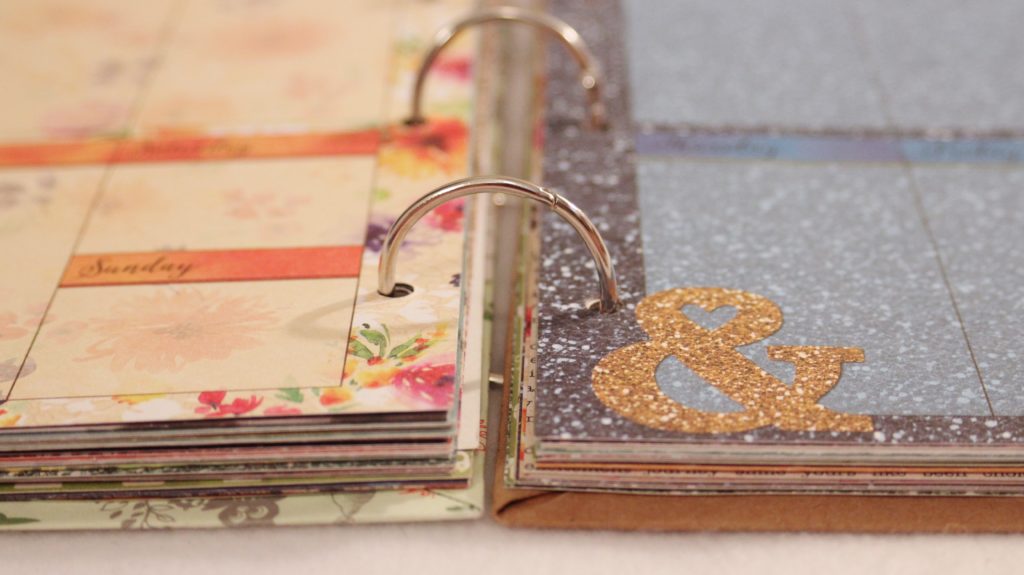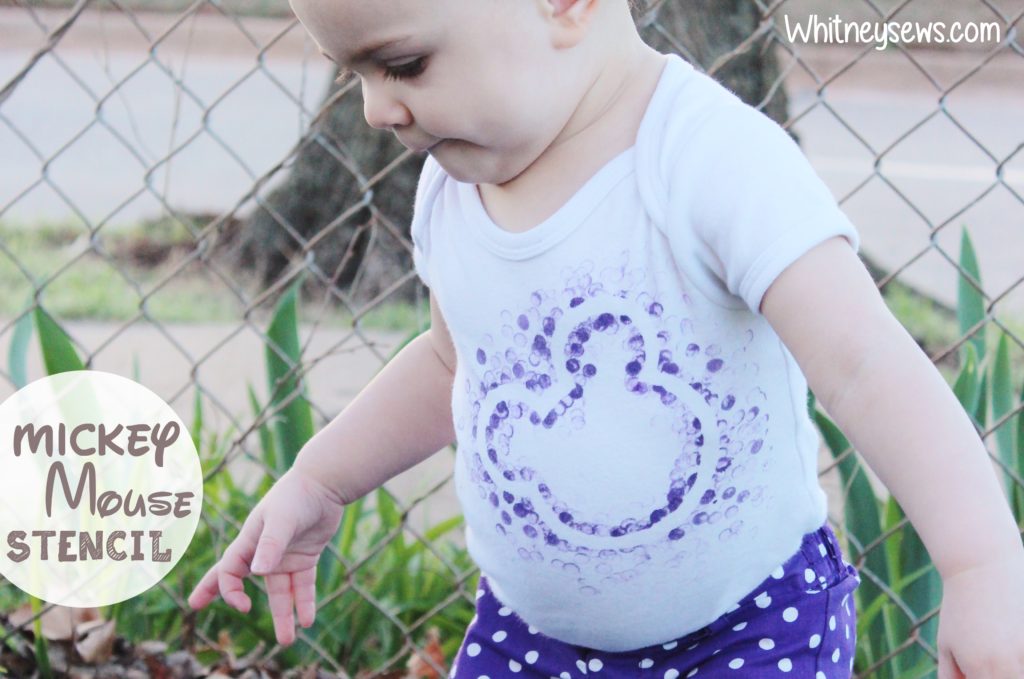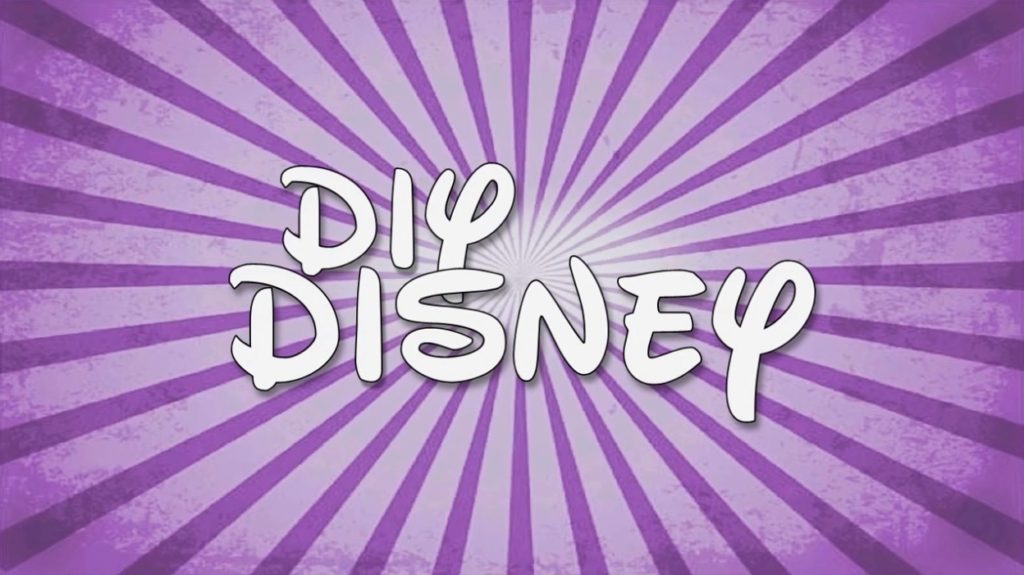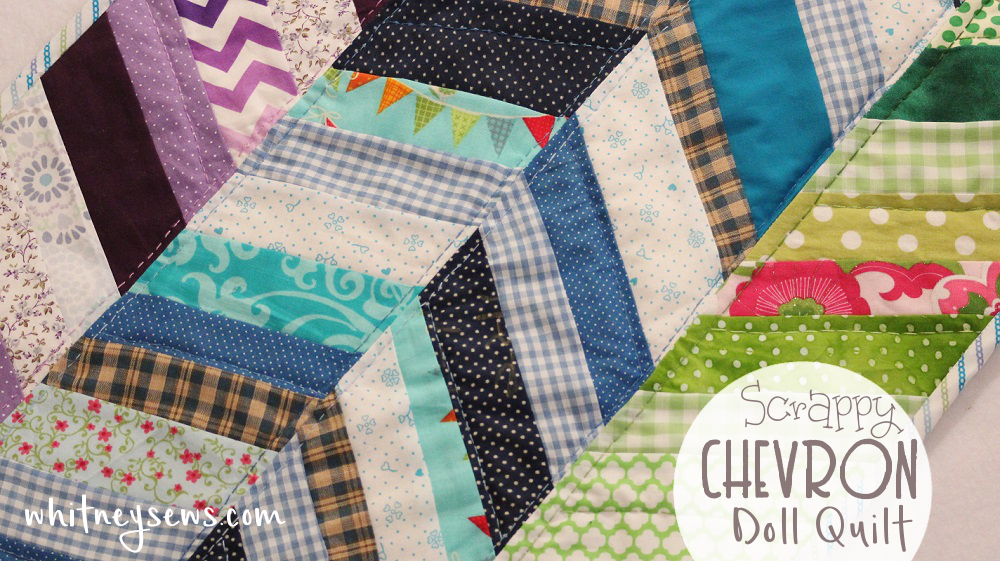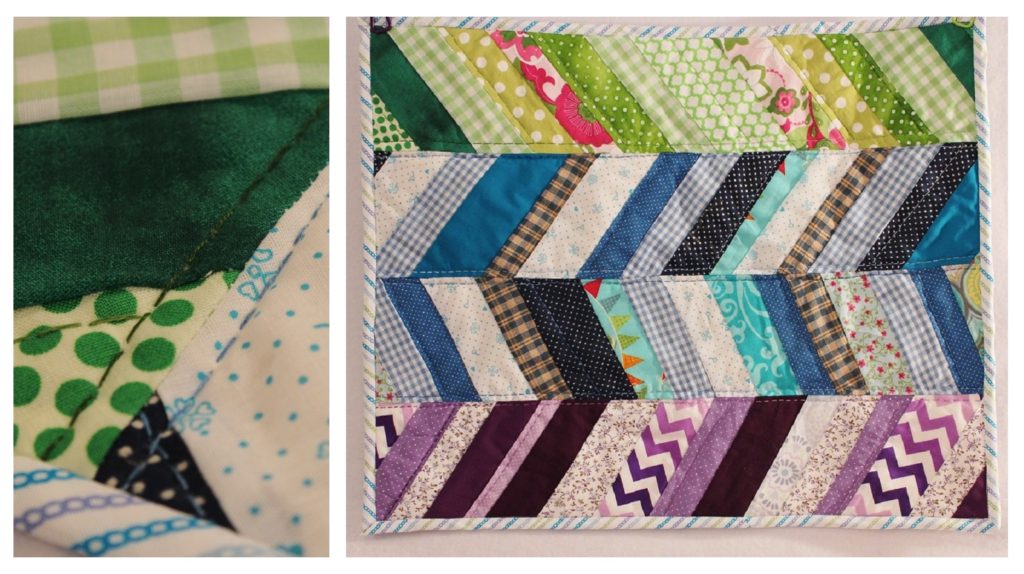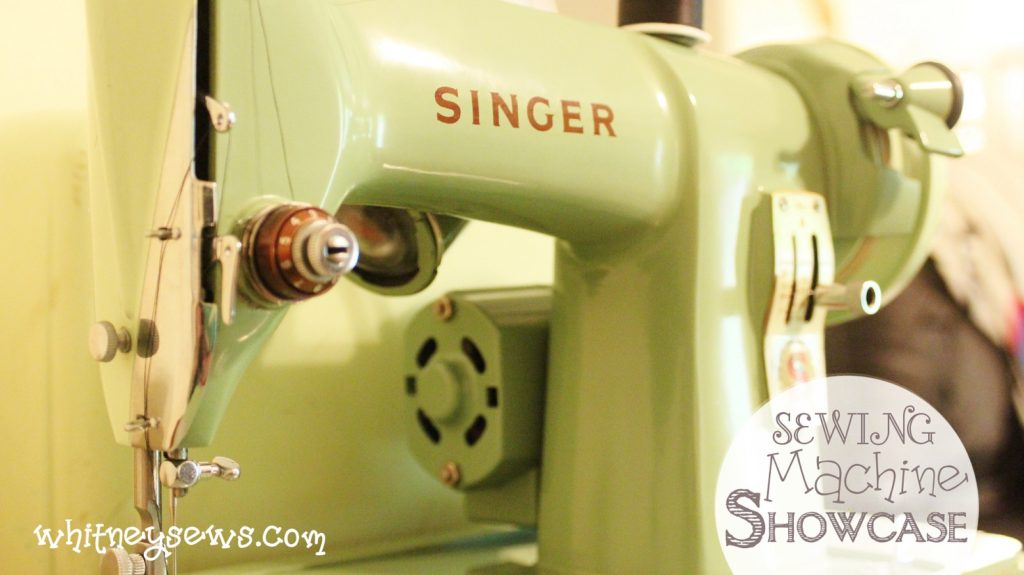Bias binding is incredibly useful for finishing so many different sewing projects! Projects ranging from quilts to aprons and hats to bags and much more. Bias tape is often made by cutting strip after strip of fabric on a 45 degree angle. Then you have to piece all those strips together.
However there is a better way! Using this method you only have to sew two seams, no matter how much bias binding you need. You start with a square of fabric and it makes one long continuous strip of bias fabric
Check out the full tutorial HERE to see how to create your own continuous bias binding.
Use the chart below to determine how large your fabric square needs to be based on the length and width you want your bias strip to be.
**Don’t forget to save or pin this chart so it’s easier to refer back to**
If you’re needing a different size or amount than those listed on the chart here is how to determine your starting fabric size.
Measure the item you are needing the bias binding for (Ex- all 4 sides of a quilt or the circumference of a skirt hem) Decide how wide you want the bias strip to be (Ex. 3 inches) Choose a square size to test the math on. Multiple the square size by itself (Ex. a 12 inch square is 12 x 12 to get 144) Divide that number by the binding size (Ex. 144/3 gives you 48 inches in a 3 inch width) You will have the least waste if you start with a square divisible by the width you need (Ex 12, 15, 18, 21, 24 are all divisible by 3) So if I need about 100 inches at 3 inches wide I know that I need a larger square than 12 inches so I'll try 18 inches (18 x 18 = 324 324/3 = 108 inches) *The length is approximate so always make a little more than you need*
I like to make about double the length that I actually need. Then I always have some on hand for finishing small projects or testing a new design.
Next week I’ll have a new tutorial for a fun mini quilt that I used this bias binding to complete. It incorporates the paper piecing technique shown in my Scrappy Chevron Quilt tutorial along with a feature panel of your favorite character printed fabric.
Make sure to check back next Wednesday for the full tutorial and subscribe to my newsletter so you get all my new posts sent directly to your email inbox.
Well, I guess that’s it for today. If you have any questions about this or any other sewing/quilting techniques make sure to leave it on the comments below. That way I know what type of sewing basics tutorials you all want to see. Until next time, happy sewing!
-Whitney-
